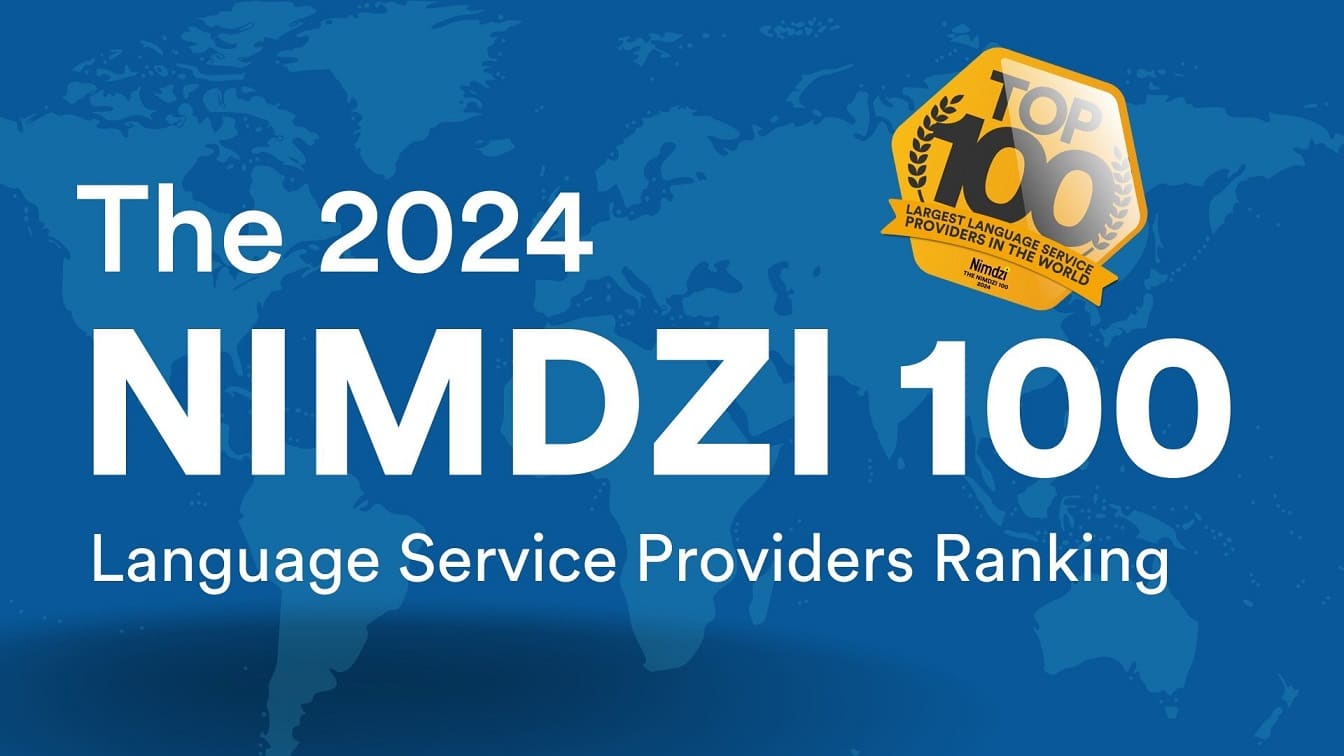As companies continue to expand their global reach, subtitles are becoming invaluable for the video content they’re putting out. Marketers, business owners and content creators alike can all benefit when they add subtitles to video. Subtitles make video content in different languages accessible through translations. They therefore offer an easy way to reach and engage greater international audiences.
Adding subtitles to video table of contents
- What are the benefits of using subtitles?
- What is the difference between subtitles and captions?
- How to add subtitles to a video
- How to add subtitles to a YouTube video
- How to add subtitles to a video on Vimeo
- Why subtitles are so important for business video
Knowing how to add subtitles to a video is a simple process. There are small variations based on the video platform that you’re using. Partners like Verbit can help to produce subtitles for you to make the process even easier.
What are the benefits of using subtitles?
Professionals who are adding subtitles to their videos are reaping the benefits in a variety of ways. Whether you have international employees or your customers are based throughout the globe, subtitles are a helpful asset in:
- Engaging a global workforce
As businesses continue to embrace flexible work models, they’re finding that professionals can work from nearly anywhere. Teams are becoming more global and international as a result. With more meetings taking place online, subtitles provide professionals with the means to understand those communicating in different languages. Oftentimes, company videos or training sessions are conducted globally and those who add automatic subtitles to videos can ensure participants in different regions can engage effectively with content that is not in their native language.
- Marketing videos
Video is being used to boost brand awareness globally. With 84% of marketers stating that videos helped them generate leads, why miss out on members of your target audience just due to a language barrier? Professional subtitles can be added to give any business video a global footprint, helping businesses share their marketing messages with greater global audiences or the opportunity to increase their exposure, leads, revenue and more.
- Live events and conferences
As more conferences and events are held virtually, they’re attracting more global audiences. Subtitles can be used to ensure international audiences who speak different languages can comprehend the content and event dialogue. Subtitles can be implemented live to ensure live participation, but also after when clips are shared with strong sound bytes. Knowing your events will be subtitled also allows you to engage thought leaders throughout the world without fear of members of your audience not being able to comprehend due to language barriers.
Subtitles offer a proven way to promote effective communication with global team members and international audiences. Many professionals often mistake ‘subtitles’ with ‘captions’ and use the terms interchangeably. It’s important to understand how the two differ to know when to use each one to provide access effectively.

What is the difference between subtitles and captions?
There tends to be a lot of confusion around the difference between subtitles and captions. While both display text on the screen, they each serve a different purpose.
Captions: Captions provide a text version of the spoken dialogue in a video, TV show, movie, event or meeting. The text shown appears in the same language it was spoken in the video. Real time captioning helps to ensure audience members who are Deaf, hard of hearing, or watching silently without sound can still follow what was said audibly. Captions can either be open or closed. Closed captioning means the captions can be turned on or off with the click of a button. Open captions are part of the video itself and cannot be turned off.

Subtitles: Subtitles on the other hand provide translation of the spoken dialogue into another language. You’ve likely been exposed to subtitles when browsing foreign shows on Netflix, which often offers you the ability to watch the content with subtitles in your language. Subtitles therefore allow content to reach greater audiences globally. Unlike audio description, subtitles also assume the viewer can hear the audio, but needs it translated into another language in order to understand the content. There are also subtitles written for viewers who may not be able to hear the audio. These include information about background sounds and speaker changes, along with a translation of the script.
How to add subtitles to a video
If subtitles are what you need, you can add subtitles to videos quite easily.
In many cases, the process simply involves uploading what is known as an SRT file. An SRT file is a file format (usually Notepad in Windows) where the subtitles are stored sequentially along with the timing information. Most subtitles distributed on the Internet are in this format. SRT files are often created using transcription software like Verbit’s.
With a partner like Verbit, you can upload any video to Verbit’s platform and have it quickly transcribed. This transcription is used as the basis to create a file with subtitles for the video. Users can then select which languages they need and receive an SRT file of the subtitles.
Whether you’re using Verbit or not, it’s always best to use a professional human translator in the process. Automatic subtitling services based on technologies like Artificial Intelligence alone often fail to pick up on any language nuances or phrases which don’t resonate when translated. When Verbit provides customers with subtitles it uses automatic speech recognition technology to produce the initial transcript, but then has a professional human translator take the transcript and generate the correct subtitles from it. These professionals also do validations to ensure the subtitles are timed perfectly to the video for the best viewing experience. You can only imagine how incorrect subtitles or badly timed ones can affect an audience’s ability to connect with the video, plus the brand’s ability to resonate with consumers.
Once you have your ideal SRT file, you can easily upload your original video and this file together to any video platform. Partners like Verbit can also integrate directly into video platforms like YouTube or your storage management system like Google Drive. These integrations make the process less manual and help to “push” the subtitle file to wherever you need it.
How to add subtitles to a YouTube video
The first thing you should know about how to add subtitles to YouTube videos is that, in order to do so, you must be the owner of the video. Other than that, once you have your SRT file, the process is relatively simple. Just follow these steps:
- Open your video in Creator Studio
- Go to the Subtitles/CC tab and click “Upload a File”
- Choose the SRT subtitle file for your YouTube video
- On the next screen, select Subtitles Files, navigate to your file and click Upload
It is a known fact that if you add subtitles to streaming video it exponentially increases viewer retention rates and widens your audience reach. Additionally, when you add the transcription below the video, it can also improve your brand’s SEO. Google and other search engines can’t ‘crawl’ your video itself, but they can detect these transcripts and pull keywords from the video’s SRT file that can help with your video’s searchability. This can result in as much as a 7% increase in video traffic.
How to add subtitles to a video on Vimeo
The process for subtitling Vimeo content is similar to the process of subtitling YouTube content in that you still need to work with an SRT file. If you are looking to add subtitles to Vimeo videos, login to the Vimeo platform and follow these steps:
- First, navigate to Vimeo’s video manager
- Open the desired video that you wish to add subtitles to
- Select the ‘Advanced’ option on the right side of the video to access additional video settings
- Go to Distribution > Subtitles
- Click the “+” button, then specify the language and file type
- Click Choose File and upload the file from your computer
- After uploading your SRT file, don’t forget to toggle it ‘on’ in order to activate it
- If you want to replace, delete, download or edit the file, click on the three dots next to the file name and select the corresponding option from the menu.
Why subtitles are so important for business video
Whether you’re subtitling educational training videos for your employees, clips from international conferences or business meetings, going the extra mile to add subtitles is an amazing way to make your content accessible for a larger global audience.
Verbit’s solutions like captioning and subtitling are making business content more accessible and global. Verbit has become an essential partner for businesses investing in video to expand their reach. Learn more about our translation and subtitling solutions here.




